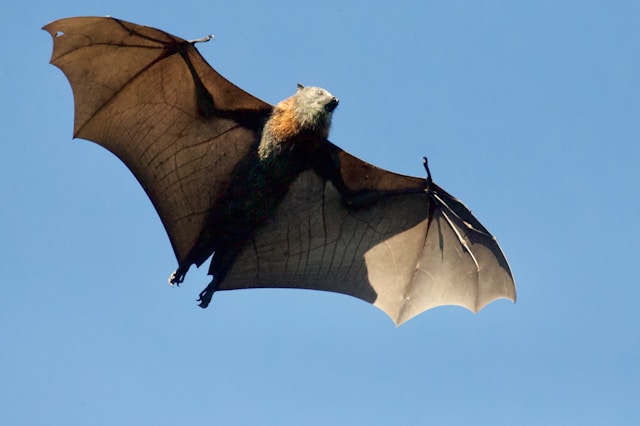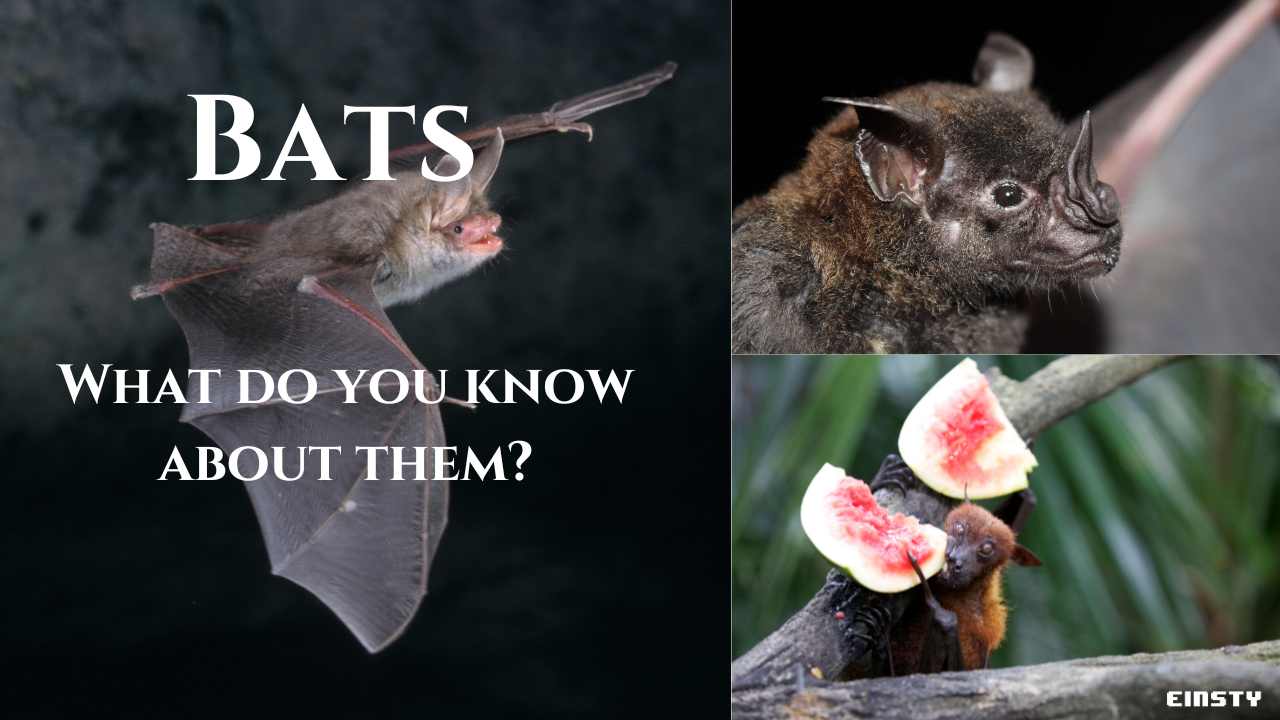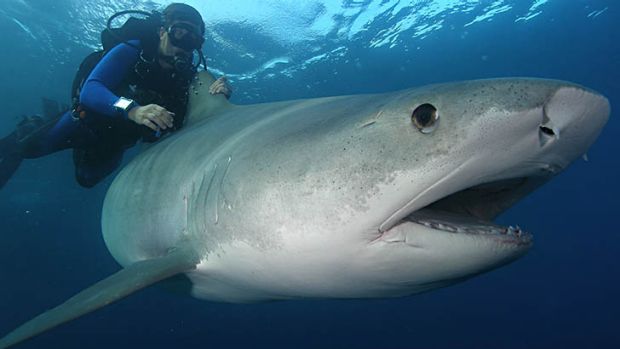Bats are a fascinating group of mammals known for their unique ability to fly. They belong to the order Chiroptera, which means “hand-wing” in Greek, aptly describing their most distinctive anatomical feature—their wings. Bats are the only mammals capable of sustained, true flight, which they achieve with their forelimbs adapted as wings.
What are bats?
Bats are more agile in flight than most birds, navigating the skies with their long, spread-out digits covered by a thin membrane called the patagium. They range in size from the tiny Kitti’s hog-nosed bat, which is just 29–34 millimeters in length, to the giant golden-crowned flying fox, with a wingspan of up to 1.7 meters. With over 1,400 species, bats make up about 20% of all classified mammal species worldwide.
These nocturnal creatures play a crucial role in their ecosystems, pollinating flowers, dispersing seeds, and controlling insect populations. Some bats are also known for their echolocation ability, which allows them to navigate and hunt in the dark.
Types of Bats
Bats are traditionally divided into two suborders based on their diet and size: Megachiroptera and Microchiroptera. However, more recent classifications divide them into Yinpterochiroptera and Yangochiroptera, with megabats and some species of microbats in the former group.
Megabats:
- Also known as fruit bats or flying foxes.
- Generally larger, they feed on fruit or nectar.
- Found mainly in tropical and subtropical regions.
Microbats:
- Smaller and often insectivorous.
- Found worldwide and known for their echolocation skills.
- Include species like the vampire bat, which feeds on blood, though they prefer animals like cattle and horses over humans.
Bats are incredibly diverse, with species adapted to a wide range of environments. Some notable examples include:
- Hoary Bat (Lasiurus cinereus): Known for its fluffy head and widespread distribution in the western hemisphere.
- Little Brown Bat (Myotis lucifugus): A versatile bat that can be found from Alaska to Mississippi, known for its voracious appetite for insects.
- Spectral Bat (Vampyrum spectrum): The largest carnivorous bat in the New World, with a wingspan of over 60 cm.
Bats are not only fascinating animals but also vital to the health of our ecosystems. They help control pest populations and aid in plant pollination, which benefits both natural environments and human agriculture. Despite their importance, bats face threats from habitat loss, diseases, and climate change. Conservation efforts are crucial to ensuring the survival of these remarkable creatures
Fruit bats, also known as megabats, are one of the biggest bats found on earth. Fruit bats, often called “flying foxes,” are amazing creatures that can be found in warm places around the world. They have big eyes and faces that look a bit like foxes, which is how they got their nickname. These bats love to eat fruits, and they play a very important role in nature.

Some Facts About Fruit Bats
Most of the fruit bats stay active at night, but there are some species that are active in the daytime too.
Fruit bats love to live on trees and caves, and they rarely enter human residence areas.
Fruit bats have amazing sensing qualities, and they are not blind. They can smell well-ripened fruit from miles away.
Some fruit bat species have a wide wingspan of about 1.5 m, which makes them look larger when they fly.
Fruit bats only eat fruits, tree leaves, and flowers, and they are not dangerous as well.
Fruit bat’s babies are called pups, and they cannot fly too early and get stuck with their mother for lactation.
Some of the fruit bats’ prey and their favorites are snakes, lizards, mice, and small animals.
The lifespan of fruit bats is 20–30 years in captivity, and in forests, both are included.
Fruit bats have claws that help them climb on hard surfaces.
Fruit bats are also mammals that can fly, and they are excellent fliers and can complete long distances due to their amazing lung volume.
FAQ ( Frequently asked questions)
What do they look like?
Fruit bats come in different sizes. Some have wings that are only five inches across, while others have wings that are over five feet wide! Their fur is typically brown or grey, and some of them have a 30-year lifespan.
Where do they live?
Fruit bats can be found hanging upside down in groups, sometimes with many other bats, in caves or trees. They are found in warm, temperate regions of Africa, Asia, and Australia.
Why are they important?
These bats are very important for the plants where they live. When they consume fruits and flowers, they disperse pollen and seeds that aid in the growth of plants. This promotes the growth of more trees and the health of the forest.
Challenges They Face
Fruit bats are unfortunately in danger because some people hunt them and because their homes are being destroyed. It’s important to take care of them because they help keep the environment healthy.
Are bats harmful for humans?
Yes, bats are harmful because they carry disease-causing bacteria and even rabies. Inhaling histoplasma causes the lung disease histoplasmosis, which they can cause. Bats do not attack people; they may seem to be flying here and there, but they do that to search for food. Bat slivers contain rabies; if you have an open cut, do not go near any bats.
Why do bats fly over your head?
Though they might look like they are flying over your head, they are actually chasing some insets who are attempting to dodge a baseball bat.
Are bats blind?
No, they are not blind; they have small eyes with very sensitive vision; they can even see in a pitch-black night. They can’t see things as colorfully as we humans do, but they don’t need to; they live in dark areas and mostly avoid light.
Conclusion
To put it simply, fruit bats are unique creatures that provide numerous benefits to our planet. They benefit the forests and plants greatly, in addition to being visually appealing. In order for them to keep supporting nature, we should work to protect them and their habitats.





